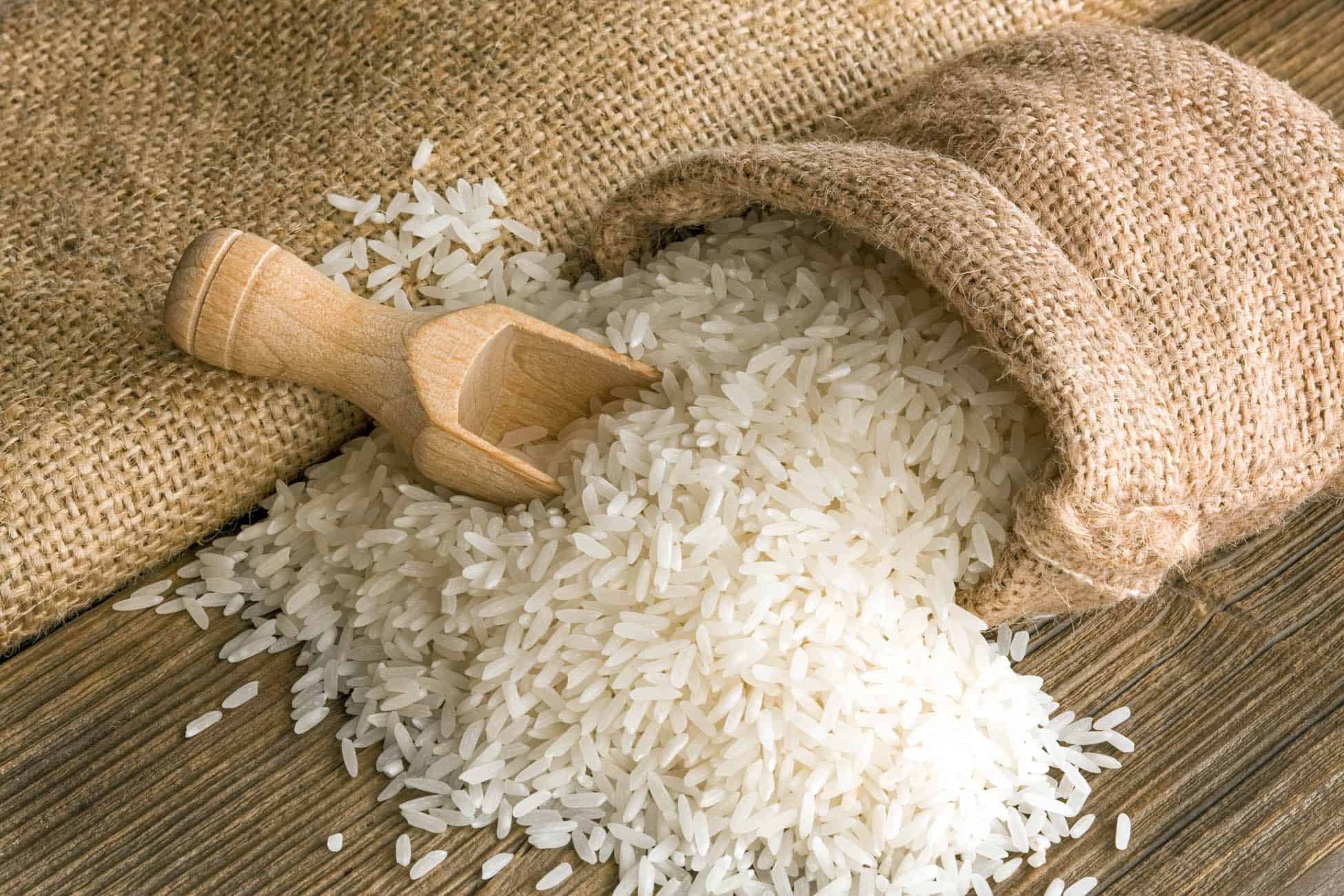What is Rice
Rice is a staple food and one of the most widely consumed grains in the world. It is a cereal grain that comes from the Oryza sativa or Oryza glaberrima plants, both of which are members of the grass family. Rice is a primary dietary staple in many countries, particularly in Asia, where it is a key component of numerous traditional dishes.
Rice is grown in flooded fields or paddies, although there are also upland varieties that can be cultivated in dryland conditions. The plant has long, slender leaves and produces a crop of edible grains within a few months after planting. The grains are typically harvested, processed to remove the outer husk, and then consumed.
There are several types of rice, including long-grain, medium-grain, and short-grain varieties, each with its own distinct characteristics and preferred uses. Long-grain rice tends to be light and fluffy when cooked, while medium-grain and short-grain rice are stickier and more moist. The color of rice can range from white to brown, depending on the degree of processing.
Rice is highly versatile and can be prepared in numerous ways. It can be boiled, steamed, fried, or even ground into flour for various culinary applications. Rice is not only a source of carbohydrates but also provides some protein and various essential nutrients. It serves as a dietary staple for billions of people around the world and plays a crucial role in global food security.
Rice Benefits
Rice is a staple food for a large portion of the world's population and provides several benefits. Here are some of the key benefits of rice:
Nutritional Value: Rice is a good source of carbohydrates, which are the body's primary source of energy. It also contains essential nutrients such as vitamins (B-complex vitamins) and minerals (iron, zinc, magnesium). Brown rice, in particular, is a whole grain that retains the bran and germ layers, making it higher in fiber, vitamins, and minerals compared to white rice.
Energy Boost: As a high-carbohydrate food, rice provides a quick and easily digestible source of energy. It can be especially beneficial for athletes or individuals engaging in physical activities that require endurance and stamina.
Digestive Health: Rice is easily digestible, making it suitable for individuals with digestive issues or those recovering from illnesses. It can help soothe the digestive system and provide relief from conditions like diarrhea.
Gluten-Free: Rice is naturally gluten-free, making it a suitable grain for people with gluten intolerance or celiac disease. It can be used as an alternative to wheat, barley, and rye in various dishes.
Low in Fat and Cholesterol: Rice is a low-fat and low-cholesterol food, particularly when consumed in its whole grain form. This makes it a heart-healthy choice and can contribute to maintaining healthy cholesterol levels.
Versatility: Rice is an incredibly versatile ingredient that can be used in a wide variety of dishes, including stir-fries, salads, soups, pilafs, and desserts. Its neutral flavor allows it to complement various flavors and ingredients.
Economic Importance: Rice is a crucial crop for many countries, particularly in Asia, where it serves as a dietary staple. It plays a significant role in food security, income generation, and employment for millions of people worldwide.
It's worth noting that while rice offers several benefits, it's essential to consume it in moderation as part of a balanced diet that includes a variety of other foods to ensure adequate nutrition.


